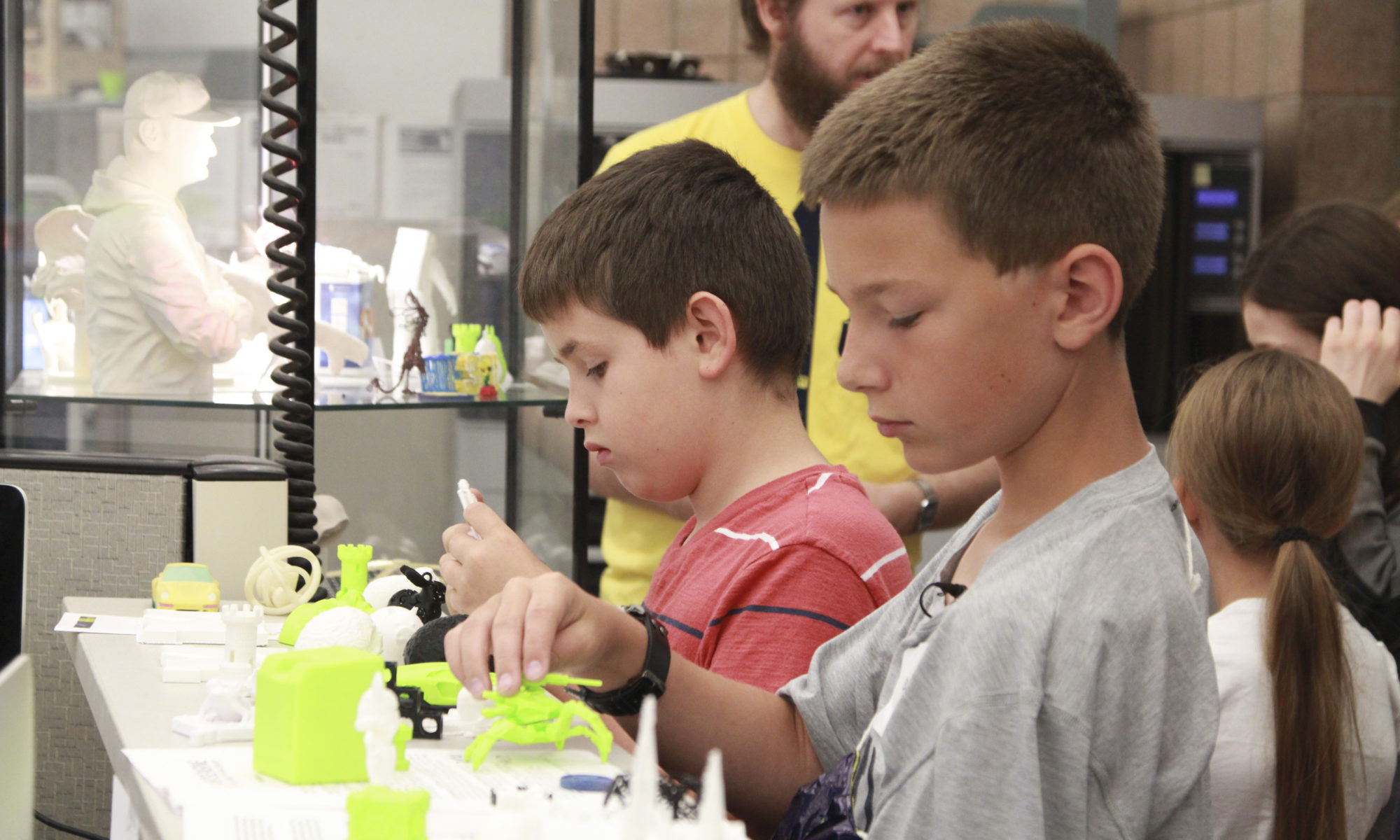Tour the Michigan Ion Beam Laboratory in 3D

The Michigan Ion Beam Laboratory (MIBL) was established in 1986 as part of the Department of Nuclear Engineering and Radiological Sciences in the College of Engineering. Located on the University of Michigan’s North Campus, the MIBL serves to provide unique and extensive facilities to support research and development. Recently, Professor Gary Was, Director of the MIBL reached out to the Duderstadt Center for assistance with developing content for the MIBL website to better introduce users to the capabilities of their lab as construction on a new particle accelerator reached completion.
Gary’s group was able to provide the Duderstadt Center with a scale model of the Ion Beam Laboratory generated in Inventor and a detailed synopsis of the various components and executable experiments. From there, the Stephanie O’Malley of the Duderstadt Center optimized and beautified the provided model, adding corresponding materials, labels and lighting. A series of fly-throughs, zoom-ins, and experiment animations were generated from this model that would serve to introduce visitors to the various capabilities of the lab.
These interactive animations were then integrated into the MIBL’s wordpress platform by student programmer, Yun-Tzu Chang. Visitors to the MIBL website are now able to compare the simplified digital replica of the space with actual photos of the equipment as well as run various experiments to better understand how each component functions. To learn more about the Michigan Ion Beam Laboratory and to explore the space yourself, visit their website at mibl.engin.umich.edu.








